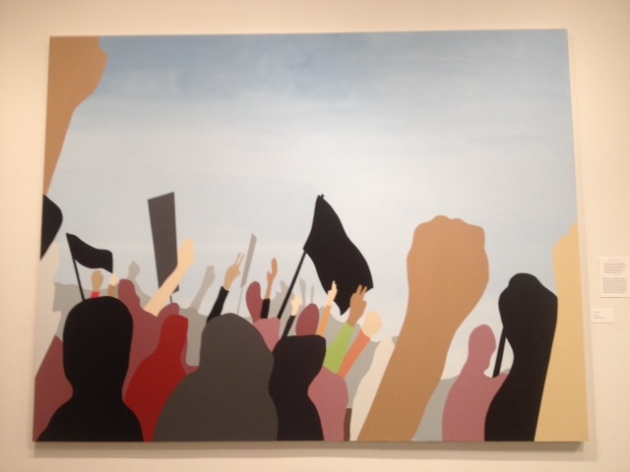In my art education class this past week my professor gave us a quote from the National Art Education Association. This quote addresses concerns and debates over whether art is an essential part of a leaner’s curriculum in the K-12 setting. They said,
“What is taught in American Schools is of primary importance. One way to increase the probability that something will not be learned is to ensure that it will not be taught. For many, the arts are seen as someone else’s pleasure. Thus, large and important legacies of art and culture go unseen, unheard, unread, unstudied, and unlearned. Schools perpetuate this state of visual illiteracy by withholding from our young citizenry important parts of their artistic heritage and cultural legacy. If we removed all of the arts in the lives of our children, there is no way that adding more math, increasing more reading, requiring more science, or buying more computers could replace what they would have lost.”
I read and reread the last sentence and my first reaction was how could we take a core subject away from learners? I continued to reread it and slowly realized that not everyone views art as a core subject. So I thought what would life be like without art. No paintings, sculptures, ceramics, prints, photographs, and film. No design, decoration, or aesthetics: everything is purely function.
For starters there would be a lot of bare white walls. Buildings would be boxes or rectangles looking identical to neighboring buildings made out of the same materials that are adequate for the climate. Sliding, bricks, stone, and shingles would be sold in one color because there would be no need to add unnecessary decoration to your home. Ceramics would be considered a form of science or maybe it would be considered a trade. We would mass-produce plates, bowls, and mugs in the standardized shapes, sizes, and would only come in one color. No patterns, paintings, or decorative motifs incorporated into the pieces.
Back to our classrooms what would they look like? How would biology students separate parts of the part on a worksheet without a proper drawing? Would students know how to use their pencils to draw what they see under the microscope? What would a graph look like? How would learners understand the shape of a compound or molecule without understanding perspective?
The concepts taught in an art classroom go beyond painting, drawing, sculpture, ceramics, and printmaking.







